Dunaneeny Castle - Ballycastle
With the recent calm and warm weather I took the opportunity to visit the sparse ruins of Dunaneeny Castle, once a MacDonnell stronghold in the 1500s. Through my research about the wider history of North Antrim, I often come across its name with different spellings (Dunineny, Dunanyne, Dunanenie, etc), This can be attributed to the phonetic translations which occurred at the time from Gaelic to English and a Scots derivative, also when Ireland was mapped in the 1800s they applied phonetic translations of Gaelic names to English on the OS maps. The castle played a significant role in the development of the MacDonnells control along the north coast and the Scottish Isles. Dunaneeny is also one of several ancient sites close to the seafront of Ballycastle, the others are Dun na Mallaght (Fort of the Curse), Dunrainy (Fort of the Queen), and Bonamargy Friary. The latter two forts being much older than this castle. The history of Dunaneeny Castle pre-dates Christianity, what we see here today is relatively modern in comparison, dating to circa 1500.
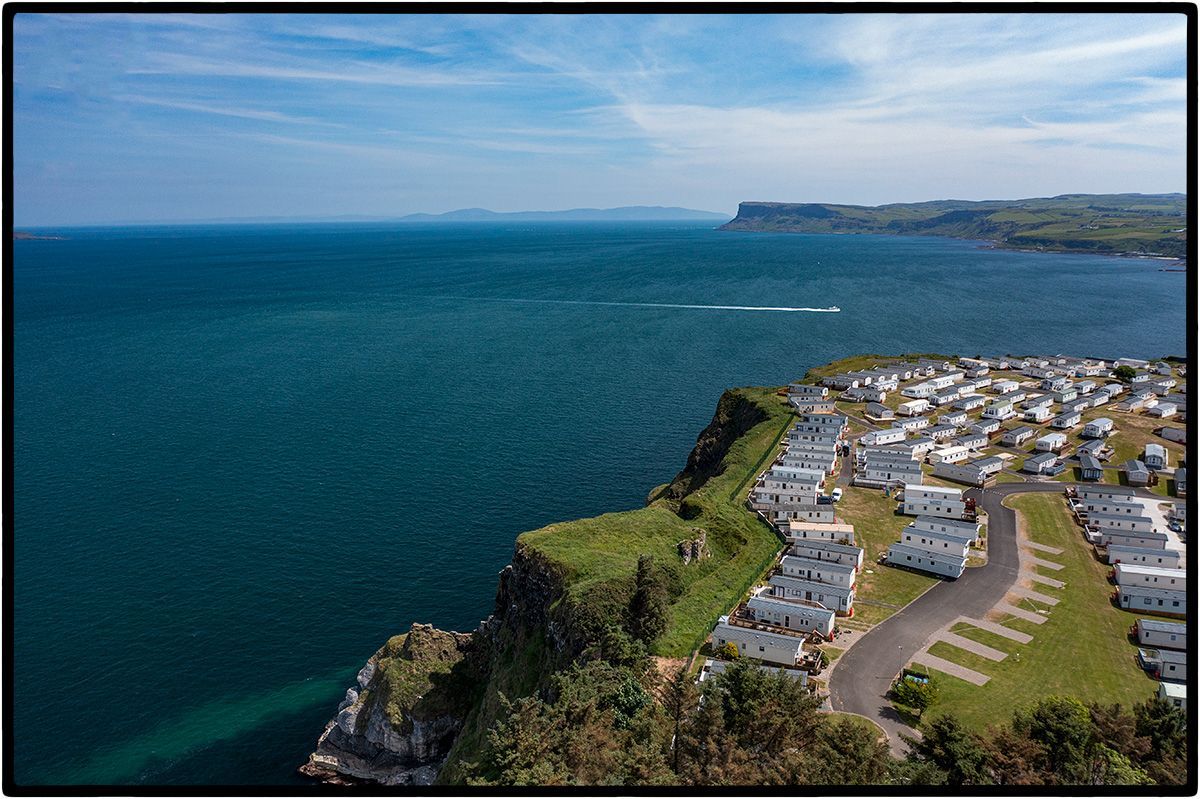
The name itself translates to "Fort of the Assembly" or "Fort of the Games.", it can therefore be assumed that the foundations of the modern Lammas Fair has its roots here beside Dunaneeny Castle. We do have a tragic account from the fair when in 1571 Sorley Boy organised games to celebrate the coming of age of his nephew Gillaspick (son of Colla MacDonnell, brother of Sorley), whom Sorley had taken under his wing after the death of Colla in 1558. One of the games he tried was bull fighting, unfortunately the bull overpowered Gillaspick and he was gored to death. Most of the ruins we see today at Dunaneeny Castle were either built or renovated by Alexander Carragh MacDonnell of Islay, the 5th Lord of Dunyveg (also known as McDonald or MacDomhnaill of Islay). Alexander had fled from Scotland in 1499 after his father, the 4th Lord of Dunyveg and three brothers were executed for treason by James IV of Scotland. Following the death of James IV at the Battle of Flodden and the ascension of James V to the throne, Alexander regained favour with the crown.
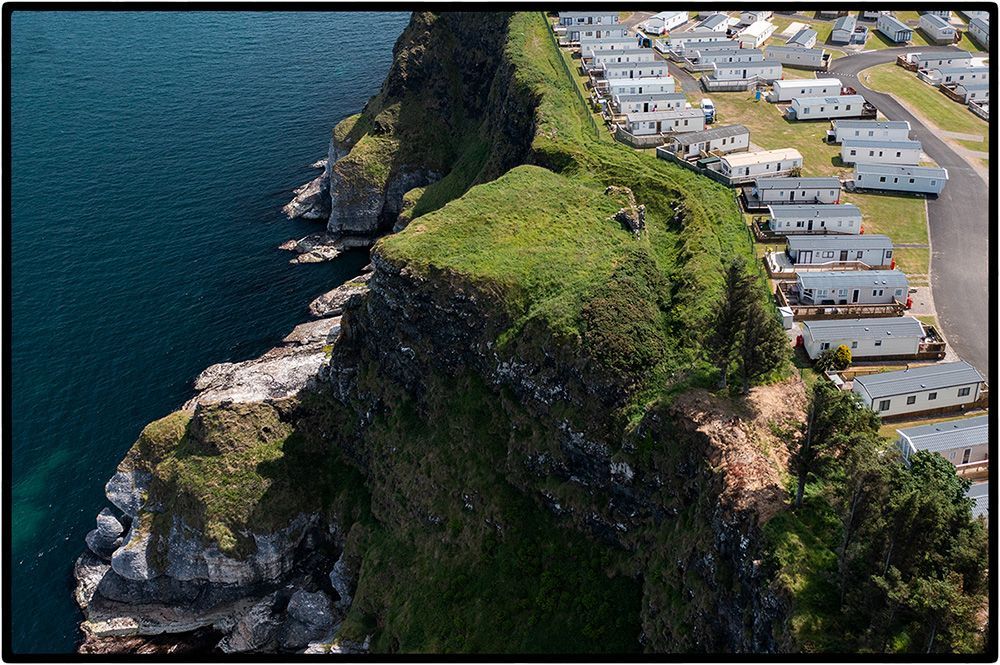
Alexander married Catherine MacIain of Ardnamurchan in 1497, and they had 12 children, possibly 13. One of their sons was Sorley Boy MacDonnell who was born here at Dunaneeny Castle in 1505 and died here in 1590 aged 85 years. Sorley Boy was interred in the family vault located in Bonamargy Friary. He is perhaps the most noted of the clan having survived 85 years of turbulent times. In 1538, Alexander MacDonnell died during a visit to see James V in Stirling, Scotland, Sorley and his elder brothers James and Colla took charge of the MacDonnell family affairs and Dunaneeny Castle served as a primary residence for the MacDonnells before they acquired Dunluce Castle. Just as a note, Ballycastle ‘Town of the Castle’ is named after the castle which was later built in the diamond close to where Trinity Church now stands. The area of the shore was know as Port Brittas and later Marketown, Ballycastle is therefore a relatively modern name perhaps dating to the early 1600s after the construction of the new castle.
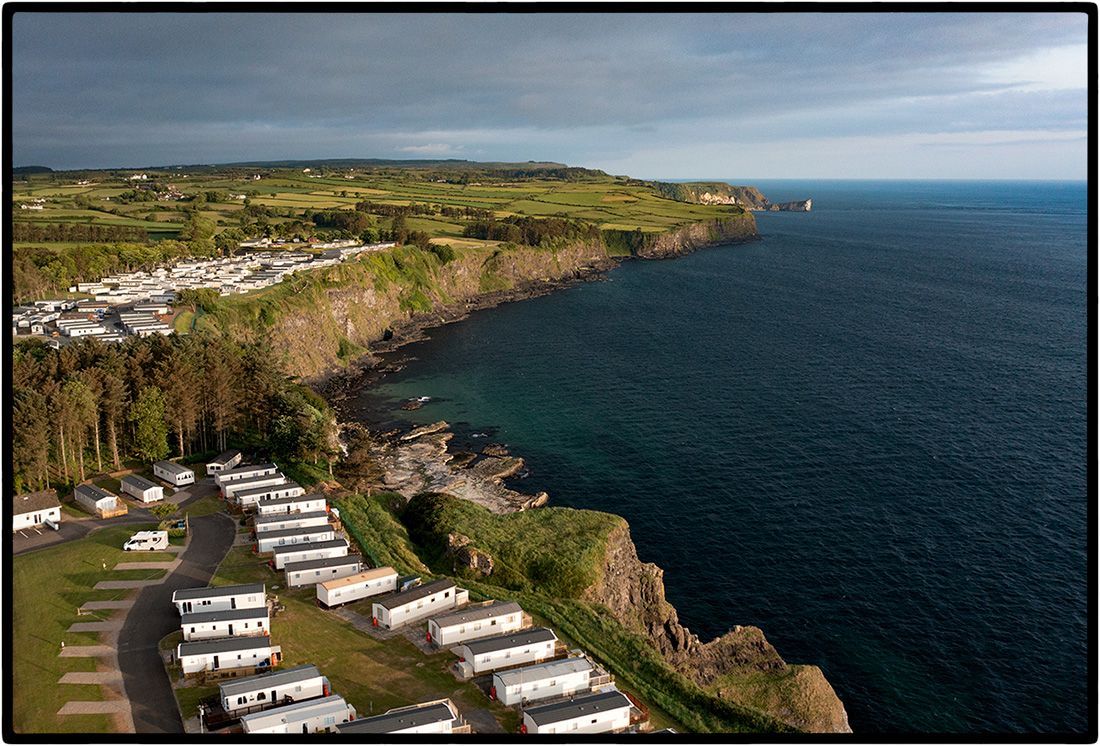
It was from Dunaneeny Castle in July 1575, that Sorley Boy helplessly watched as the frigate of Francis Drake sailed into Church Bay on Raghery, onboard was Sir John Norris (Norreys) and a large contingent of soldiers. They had been sent by General Walter Devereaux , 1st Earl of Essex, with the approval of Henry Sidney, the Lord Deputy of Ireland who answered to Queen Elizabeth 1st. This was Francis Drake the 'privateer and pirate' before he had circumnavigated the world, before he was knighted and before the Spanish Armada. He had grown up with the Hawkins family in Plymouth and as a young man joined their private fleet where he quickly moved through the ranks to command his own ship. They were notorious at the time for plundering and slave trading, Elizabeth 1st even granted Drake a privateering commission, basically a license to plunder and slave trade, both of which the Queen, by all accounts, reap a benefit from.
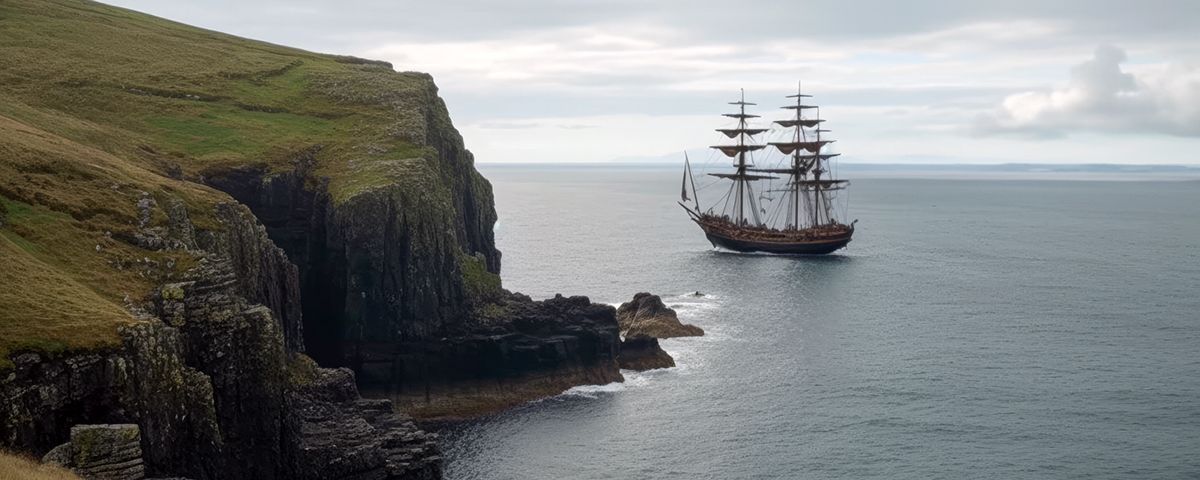
On this voyage Drake was working as a paid privateer under the authority of the Earl of Essex to transport John Norris and his troops from Carrickfergus to Raghery and also to employ his cannons to attack the castle. Drake was very skilled at using cannons from his years of plundering as a pirate.
Over the next two days, one of the darkest events in the island's history unfolded. Drake ordered his cannons to bombard Bruce's Castle, which was said to have had 200 men inside loyal to the MacDonnells and also families seeking shelter, many of whom had been sent to the island for safety, others had sought refuge in caves along the shore. After inflicting damage to the castle and killing the Captain and Constable, Norris launched a ground assault on the castle, negotiations were then conducted with those inside, Norris promised amnesty if they surrendered and laid down their arms, which they all did. As they left the castle they were all massacred.
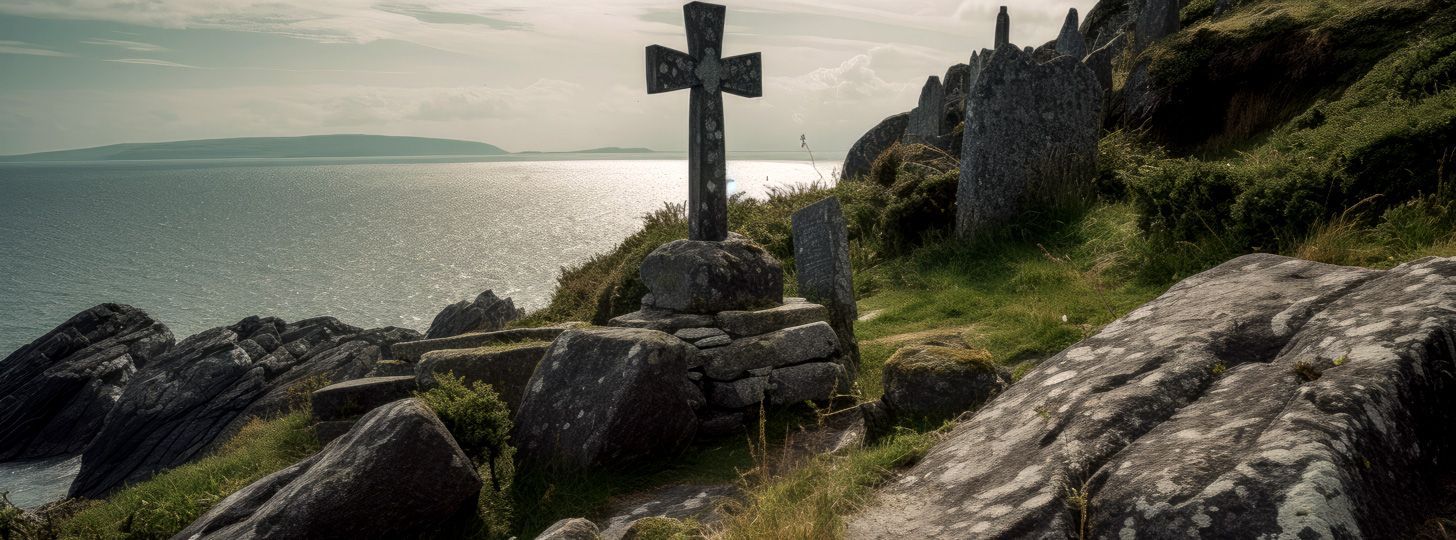
The soldiers scoured the island and killed anyone they could find. Among the deceased, estimated to have been 600, 200 were categorized as military personnel, while the remaining 400 were family members of the MacDonnell clan and their supporters, several of Sorley's immediate family were among the casualties. Following the massacre, Drake sailed back to Carrickfergus while Norris remained on the island with the intention to repair the castle and leave a garrison there. However, two months later, in September, he concluded that Raghery was not worth maintaining, and he returned to Carrickfergus. Sorley Boy would later take revenge, after retaking Raghery he then marched to Carrickfergus Castle where he attacked the garrison killing 100 soldiers, he then rounded up all the catlle and claimed them.
There is no cross to mark the site on Raghery as far as I know, the image above was just for this blog.

